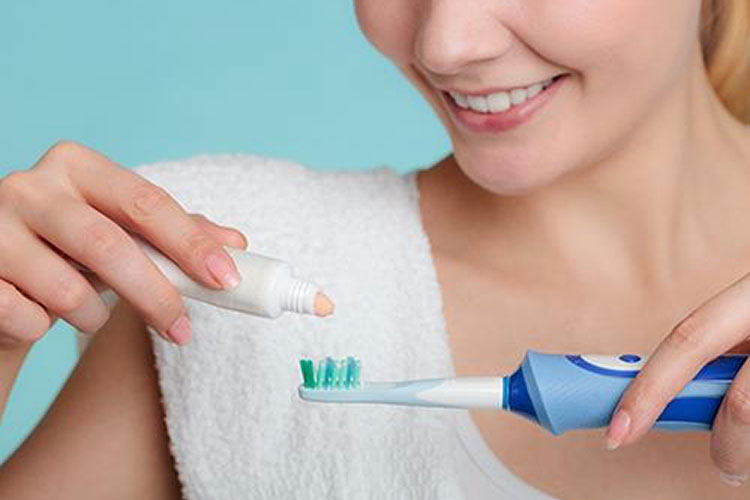The goals of tooth brushing are to help keep teeth clean, eliminate plaque, and reduce the possibility of tooth decay and gingivitis.
An electric toothbrush is a tool that makes brushing more manageable and effective. Dr. Hawryluk finds it’s developmental history fascinating.
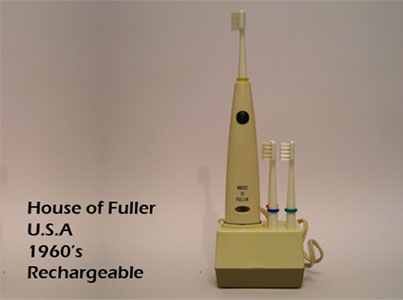
Since the first conception of the toothbrush, designed originally for people suffering from poor motor skills, or those with braces, many technological advances have helped to improve an originally clunky and sometimes problematic device into a bathroom essential.
Tomlinson Moseley first produced the earliest example of an electric toothbrush. Marketed as the “Motodent”, a patent was filed by his company, Motodent Inc, on 13 December 1937. In Switzerland in 1954, Dr. P.G Woog developed the Broxodent. The initial manufacturing of Woog’s motorized brushes was in Switzerland (later in France) for Broxo S.A. The brush was plugged into a regular wall outlet and ran on “line” voltage. The initial creation of electric toothbrushes was for patients with limited motor skills and or for patients in orthodontic brackets.
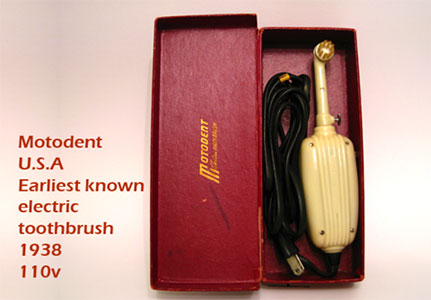
https://images.app.goo.gl/ZX7Kf8vvkWkYcLy29
The Broxo Electric Toothbrush was launched in the U.S. by E. R. Squibb and Sons Pharmaceuticals in 1960. After its debut, it was advertised in the U.S. by Squibb under the names Broxo-Dent or Broxodent. In the 1980s, Squibb transferred the administration of the Broxodent line to the Somerset Labs division of Bristol-Myers Squibb.
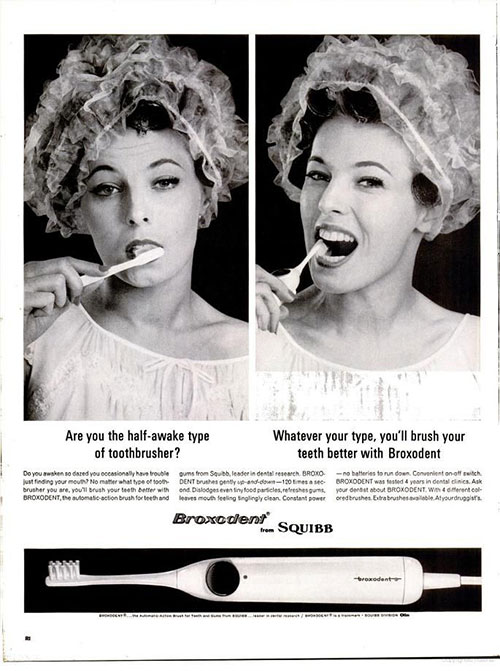
General Electric launched the “automatic toothbrush” in the early 1960s; it was cordless with rechargeable NiCad batteries. Although movable, it was rather cumbersome, about the size of a two-D-cell flashlight handle. In addition, NiCad batteries of suffered from the “Memory effect”. The G.E. Automatic Toothbrush came with a charging stand that held the handpiece upward; the user kept the unit in the charger (when not in use), which is not the best way to get ideal service life from a NiCad battery. Also, the first NiCad batteries had a brief lifespan. The G.E device had the batteries sealed inside it, and you had to discard the whole unit when the batteries failed.

Using an A.C. line voltage appliance in a bathroom environment was problematic. By the early 1990s, Underwriter Laboratories (U.L.) and the Canadian Standards Association (CSA) no longer certified line-voltage appliances for bathroom use. Instead, newer appliances used a step-down transformer to operate the toothbrush at low voltage (typically 12, 16, or 24 volts). In addition, wiring standards in many countries mandated the protection of outlets in bath areas by an RCD/GFCI device (e.g., required in the USA since the 1970s on bathroom outlets in new construction).
By the 1990s, there were safety concerns with Broxo’s original design. Further, updated battery-operated brushes were providing better alternatives in the marketplace.
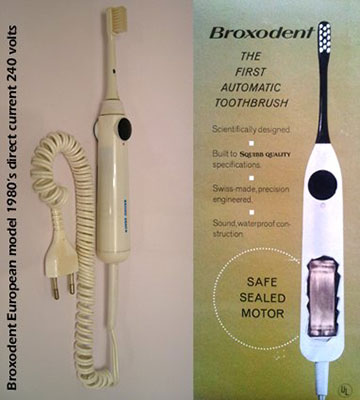
The original ultrasonic toothbrush, first named the Ultima and later the Ultrasonex, was registered in the U.S. in 1992. Initially, the Ultima operated only on ultrasound, but later, they added an engine to give the Ultrasonex brush extra sonic vibration. Today, several ultrasonic toothbrushes concurrently provide both ultrasound and sonic vibration.
All this early history set the stage for today’s advanced electric brushes. Please visit us here to learn more about modern electric toothbrushes:
The Oral-B IO Brush Offers Unique Benefits
The location of St. Lawrence Dentistry is in the beautiful Port Credit district of Mississauga. Visit us!
- St. Lawrence Dentistry Looks Forward To St. Patrick’s Day! - March 12, 2025
- Understanding Dental X-Rays and Radiation: What You Should Know - January 13, 2025
- Happy New Year from St. Lawrence Dentistry! - December 30, 2024



